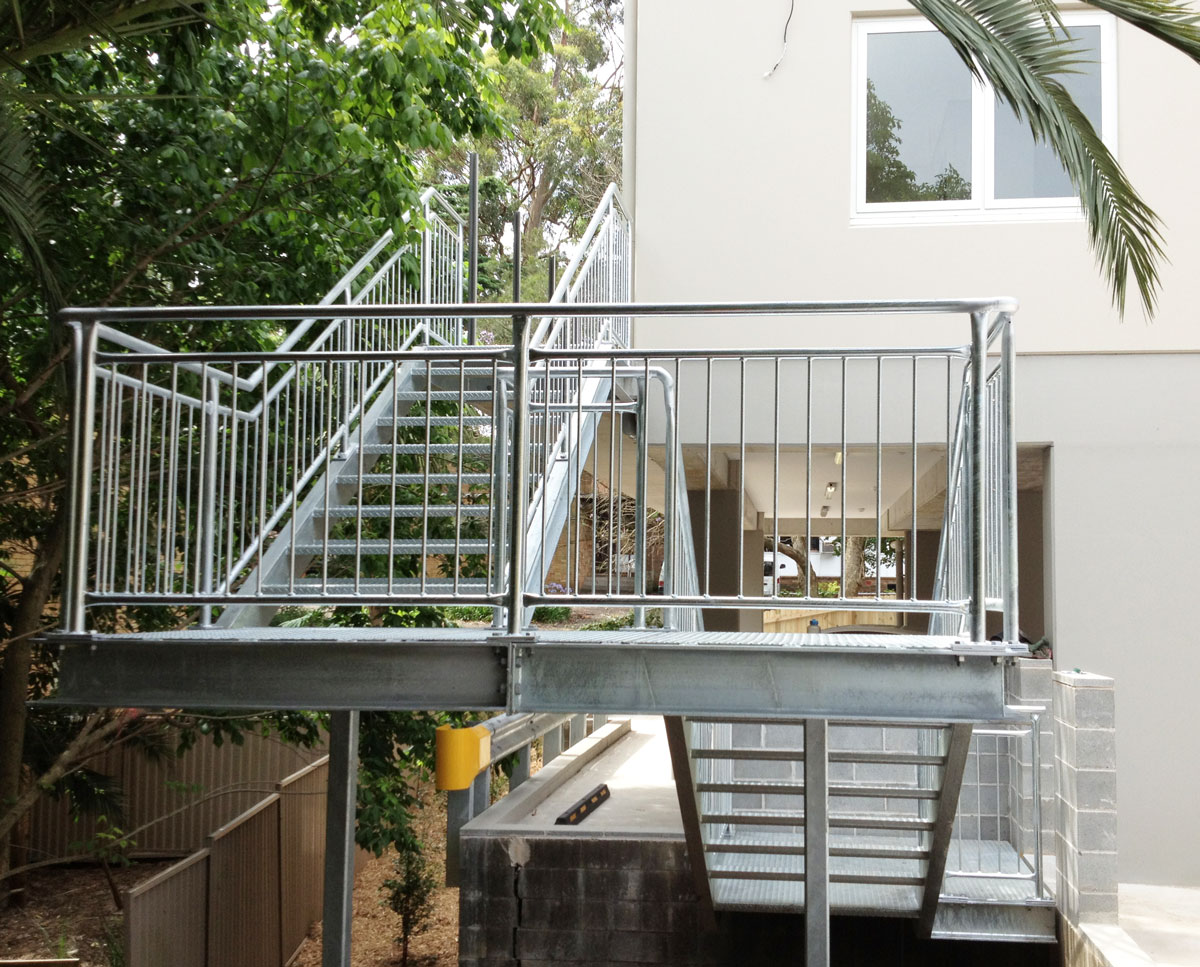Steel is ubiquitous in building and construction, favoured for its very high tensile strength and its versatility as a structural material for many commercial, residential and industrial purposes. But what is the history of steel manufacturing in Australia? How did we get to where we are today?

Here we dive into a brief history of steel manufacturing in Australia, from its rocky start to its peak and where we are today.
A Rocky Start
The story of steel making in Australia can be traced back t0 1840 when iron ore deposits were discovered in at Iron Knob, South Australia. Despite the find, any sort of productive manufacture of steel remained inauspicious in the country, due mainly to many unsuccessful attempts to make pig iron, to the poor quality of iron ore and coke avaliable to the budding industry.
Similar finds were almost made across Victoria, Tasmania and New South Wales, however the meagre raw materials that were discovered, combined with inadequate technical expertise meant that the product these manufacturers were putting out couldn’t contend with the far superior steel that was being imported from Britain at the time. By the 1870s, most of the steel manufacturing in Australia had been abandoned.
The Turn of the Century
By the time the 20th had arrived, the global demand for steel had increased considerably, and Australia was no exception. As railways expanded across the country, and industries called for more and more steel products, the need for locally manufactured steel became too hard to ignore.
Australia’s first blast furnace went into production at Eskbank near Lithgow in 1901, spearheaded by William Statford and his son Esk. Today Statford is known as the father of Australian steel production.
In 1915, another steel mill was opened by BHP in Newcastle, which used coke from locally mined coal and iron ore from South Australia to make its product. Over the next few decades, more steelworks opened at Port Kembla in NSW and Whyalla, South Australia. Steel manufacture in Australia was now finally thriving.
After The War
After World War II, demand for steel continued to grow and steel production in Australia continued to thrive. Between the 1960s and 1980s, there was a massive boom in the industry which saw numbers jump from 4.6 million tonnes in 1963, to 10 million tonnes in 1981. Products that required steel ranged from everything from cars to appliances, piping and structural steel for houses, buildings and bridges.
Change In The 80s
The 1980s were a time of huge shifts in the manufacturing industries in Australia. In the early 80s many industries began opting for off-shore manufacturing China and South East Asia where they could acquire top quality goods for less money. Steel, of course, was no exception.
As Australian steel production began to drop, manufacturers issued a complete revamp of the industry in an attempt to increase productivity in mills around the country. This meant that any inefficient plants were closed, and new techniques and technologies were introduced to bring the industry up to speed.
During this time there also increasing pressure on the steel industry to strive make itself more ecologically sustainable. Steel had long been scorned for its production of harmful waste by-products and the industry soon began finding ways to reduce and reuse these products.
Modern Steel
Today, the steel industry in Australia is very efficient. Much of the steel produced in the country is manufactured off-shore, then shipped to Australia for processing and fabrication. The industry is continually striving to become more streamlined and to reduce greenhouse gas emissions. Steel is now the most recycled product in the world, and Australia is a big contributor to this figure.
Structural steel is ubiquitous in construction and building in Australia, and there’s a good reason why. If you need a steel supplier or just some professional advice, get a steel quote from us or talk to the experts at Steel Fabrication Services, because no one knows steel like we do.
While you’re here, learn more about the world of steel:
Steel Bridges | 5 Iconic Builds From Around The Globe
